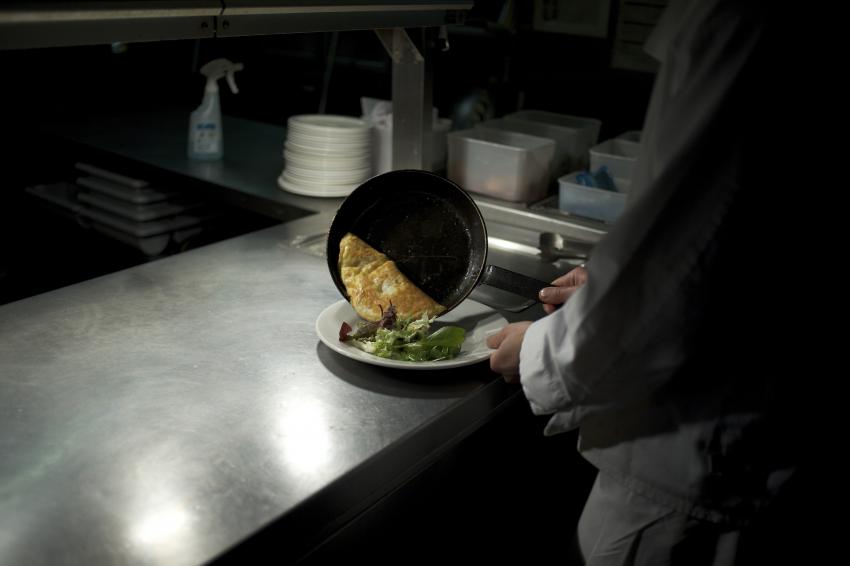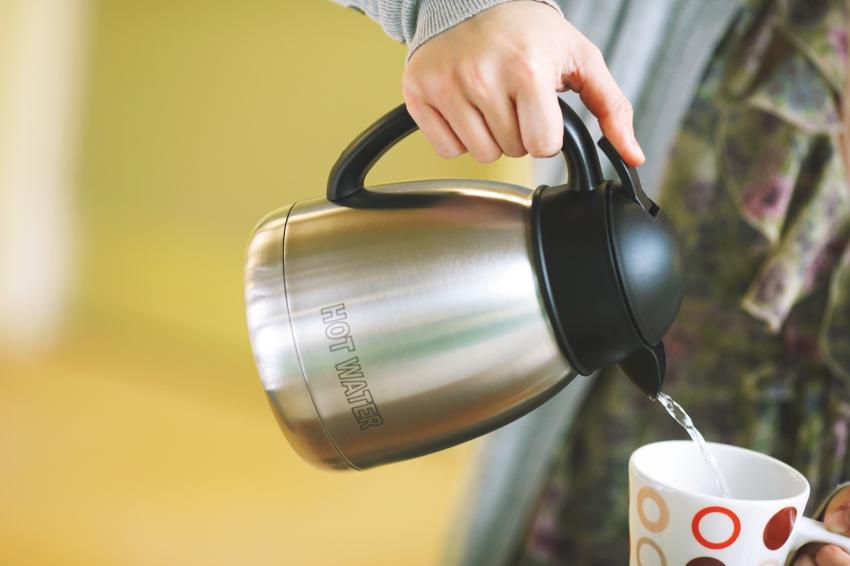Addressing Major Food Recalls in Your Business
It seems like every year we have a large-scale food recall that reminds consumers and foodservice operators about the importance of food safety. Not that we need reminded, but it certainly puts the topic in the headlines again. Last year, it was the onion recall. This year, it may very well be the Jiff peanut butter recall, of which we are in the midst of. At the time of the publishing, we are starting to learn more about a potential hepatitis A outbreak linked to strawberries. If you have not been impacted by either of these recalls in your personal or business life, I would be surprised.
Recalls such as these certainly serve as a reminder of the need for a solid food traceability program and a good understanding of how recalls occur in the U.S. Both of which we have discussed in the last year within these blogs, so please be sure to check out that information.
Of interesting note is the onion recall that occurred in the late-winter and spring of 2021 was due to an outbreak of Salmonella and the Jiff peanut butter recall has also been linked back to Salmonella, too. Salmonella is a key “player” in foodborne illnesses, accounting for almost a third of all food-related deaths in the U.S. To read a bit more about Salmonella, please check out our blog from May of 2021.
…be sure to communicate to any employees and customers what steps you have taken to remove the recalled product from your operation. Guests will certainly be wondering about any implications for your facility and who better to address those questions than your front-line employees.
What do you do about food that has been recalled and how can you handle it in your operation? The first key is to stay up-to-date on these recalls. If you have ordered the food through a major distributor, chances are the distributor will reach out and alert you about the recall if you have received product that is included in the recall. But if you purchase food from a local supermarket, you will likely not receive notification unless the store tracks your purchases via a shopper’s club card, which is becoming more and more common in the US.
Once you determine the product you have in house is part of the recall, remove it from inventory as quickly as possible, including any of the product that might have made its way into production. Move it away from other inventory, cooking equipment, etc. and be sure to communicate with your employees that it should not be used. Any utensils, storage containers, mixing bowls, or other equipment which may have come into contact with the product should be thoroughly cleaned and sanitized.
Once you have quarantined the product, refer to the recall noticed to determine how to best dispose of the product and be sure to do so in a safe manner. Then, be sure to communicate to any employees and customers what steps you have taken to remove the recalled product from your operation. Guests will certainly be wondering about any implications for your facility and who better to address those questions than your front-line employees.
If you haven’t already checked out our second SafeBites Webinar of 2022, Facts and Myths of Food Safety Messaging, be sure to check it out. Our presenter, Dr. Ellen Shumaker from North Carolina State University did a great job addressing discussing food safety messaging and the role of food safety culture in shaping employee and organizational behaviors.
As always, be sure to reach out if you have any questions about food safety, we are happy to help whenever we can. Risk Nothing
READ MORE POSTS
The Incredible, Edible Egg Safety Quiz
This nutritious, delicate food is a part of many food service menus as a main course and one of the most common ingredients. The U.S. Dept. of Agriculture says Americans consume an average of 234 eggs per person per year. Eggs have also been the source of some significant foodborne outbreaks in the U.S. from one specific type of Salmonella. While eggs are an important source of protein in the diet, an estimated 1 in 20,000 eggs in the U.S. supply will contain the SE (Salmonella Enteritidis) bacteria and can cause illness if eaten raw in foods or not thoroughly cooked before consumption.
Fetching a Pail of Good, Safe Water
In the ambitious fight for food safety, don’t overlook the safety and quality of the crystal clear liquid coming out of your faucet. The United States has controls in place to ensure we have potable (safe) water that is treated and filtered to make it taste better and have no odor. Water standards and treatment are also important in food service so we don’t need a repairman twice a year to chip away the block of lime on the dishwashers heating element with a hammer and chisel in order to replace it.
Food Safety for Pork – Part 2
Continued from part 1...
Food Safety for Pork – Part 1
If you haven’t tasted pork lately because you are not a red meat fan (or the other white meat), there are a few changes in the nutritional value of pork, the pork cooking temperatures, and the variety of ways we consume it. The amount of pork the average American consumes hovers around 50 pounds a year. Although pork is the number one meat consumed in the world, there are some religious restrictions on consumption of pork. U.S. consumption of pork dropped during the 1970s, largely because its high fat content caused health-conscious Americans to choose leaner meats. Today's hogs have much less fat due to improved genetics, breeding and feeding.









